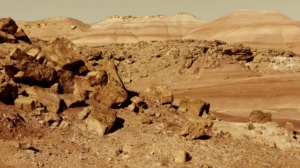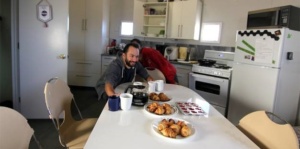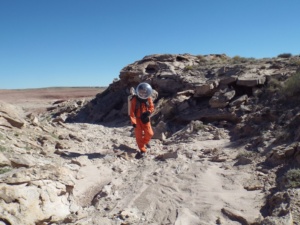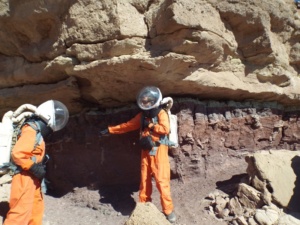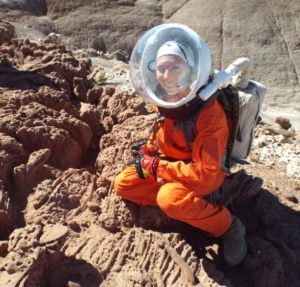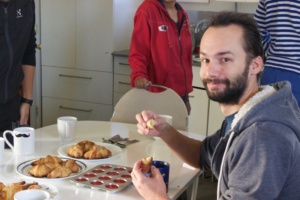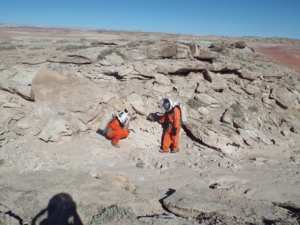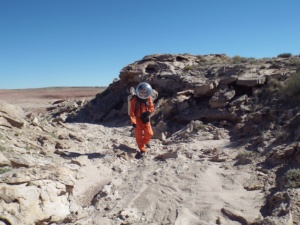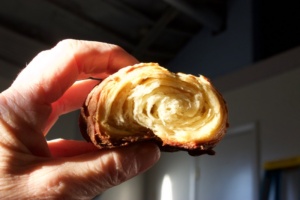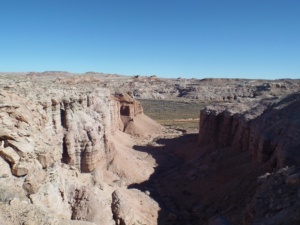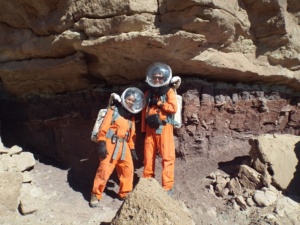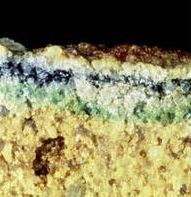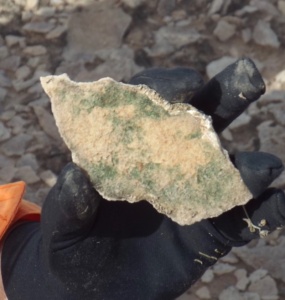
Archive: 21 Oct 2016
Croissants
Today is Shannon’s birthday.
For this occasion I wanted to cook something special. I chose something Frenchy and delicious for the breakfast. I decided to try croissants. The recipe is not that complicated, but it takes a lot of time (most of it is for dough resting). Also the limited cooking tools we have make the task uneasy.
The dough was prepared the day before and put in the fridge over night. I woke up a bit earlier to spread the dough, cut it in triangles, roll them and bake them.
To add a little of Parisian ambiance, I put some French music. Jean-Jacques Goldman was in the air this morning! Some coffee, some tea, a bit of strawberry jelly and scrambled eggs prepared by Anastasiya and we had a wonderful breakfast.
The croissants were still warm when we degusted them. For a first try it was a good one. I cannot wait for the next time. So too my crewmates!
What? I forget to give the recipe?! It is a French secret 😉
EVA Journal – October 21st
MAPPING THE PAST
Jon Clarke
Geologist on the prowl
Today three of us took the ATVs to “Green Mars”, a beautiful lookout over Muddy Creek, the perennial stream that defines the northern boundary of the main MDRS area. Muddy Creek joins the Fremont River (which defines the southern boundary). Their combined flow makes the Dirty Devil River. I can’t speak for the devils, but it certainly is as dirty as Muddy Creek is muddy.
Palaeobiology in action-Jon and Anushree discussing possible Jurassic sub-social mammal burrows
After enjoying the view we started back and began the EVA’s field program. The prime focus was inverted channels identified in Google Earth imagery. Those within a km of the track were visited and the current directions determined from cross-bedding. Twelve locations were documented during the course of the EVA. Some of these proved to preserve interesting trace of Jurassic life. Most of these locations were only accessible on foot and could not be approached by wheeled vehicles.
Palaeobiology in action-Anastasiya sitting on a Jurassic ant nest
It’s important not to get tunnel vision during field science. So we were able to add two new locations for hypoliths (cynobacteria living beneath pebbles, mostly quartz) for future documentation. Also we were able to revisit a previously visited chasmolith (cyanobacteria living in cracks in rocks, usually sandstone) location. While probably closely related to hypoliths, chasmoliths provide a whole different set of challenges for their study. Both are analogues for how life might occur on Mars, or have occurred in the past. They were living in an inverted channel where the sandstone partings formed by the cross-bedding provide the niches for the chasmoliths to grow. Mapping palaeochannels helps us locate potential habitats for these extremophiles and illustrates the cross–disciplinary nature of field science. Geology provide the context for biology, which in turn influences the geology, especially how rocks weather and landscapes are shaped.
Beneath the harsh surface of this inverted sandstone channel is a seething mass of endoliths and chasmoliths.
Crew Photos – October 21st
Sol Summary – October 21st
Summary sol 21/10/16
Person filling out report: Anastasiya Stepanova
Summary Title: Parisian breakfast
Mission status: Operations are nominal
Sol activity Summary: The morning started with French croissants made by commander Alexandre Mangeot. Three crew members had EVA in the morning, which went productive. Mapped palaeocurrent directions and inverted channels, revisited chasmoliths site with crew biologist, Anushree. Other crew members cleaned the habitat and the greenhouse. 30 days summary report written. Friday is the traditional night to watch space TV series “Expanse”.
Anomalies in work: No
Weather: Sunny, mild temperature, no wind
Crew Physical Status: Good
EVA: Palaeocurrent mapping and hypolith scouting
Science Post – October 21st
Imprinting of Life in the “Barren” Rocks: Endoliths and Chasmoliths
By Crew Biologist Anushree Srivastava
It is mesmerizing to observe photosynthetic life thriving beautifully inside the rocks while at the first glance they seem to be lifeless. It requires the eyes of an explorer and will of an adventurer to keep roaming around on the land studded with the variety of rocks and find those which host green hardy friends. After my previous short note on the hypoliths in a broader sense and after scouting the widespread cross-bedded sandstone during today’s extra-vehicular activity, I am compelled to write about endoliths and chasmoliths. Fundamentally, endoliths are organisms living inside the porous rocks, mostly sandstone, and chasmoliths live within the cracks and crevices. Sedimentary rocks particularly provide the optimal conditions to endoliths to colonize few millimeters beneath the surface where sunlight penetrates enough to facilitate photosynthesis but protects them from harsh radiation. Steve Pointing and co-workers described these rock dwellers in the Antarctic dry valleys in their 2009 paper and found endoliths as composite communities of bacteria and eukaryotes including lichens, green alga and ultraviolet-resistant cyanobacteria at different depths in different layers. In the same way, chasmoliths in the fractures and voids are composed of different bacterial groups, lichens, and cynabacteria. Together they have been found to consist of 50 bacterial species. These organisms are particular of interest to astrobiogists and proposed to be potential target for extraterrestrial exploration of microbial life, considering their hardy nature and subsurface establishments. For the MARS 160 science mission, Crew Geologist Dr Jonathan Clarke, HSO Annalea Beattie, who is being cross-trained in the hypoliths , and I intend to study these “lithobionts” from the geo-astro-biological perspective in the analog environment of MDRS.
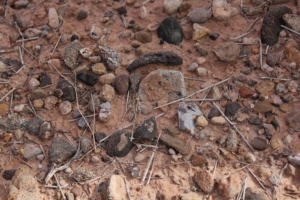
Figure 1. Field study of hypoliths. Credit: Crew Journalist Anastasia Stepanova
Figure 2. Endoliths. Credit: NASA and taken from How Stuff Works- Life
in the Extreme website.
Figure 3. Chamoliths. Credit: Crew Geologist Jon Clarke, and HSO
Annalea Beattie.
`
Further Reading:
Pointing SB, Chan Y, Lacap DC, Lau MC, Jurgens JA, & Farrell RL (2009)
Highly specialized microbial diversity in hyper-arid polar desert.
Proceedings of the National Academy of Sciences of the United States
of America, 106 (47), 19964-9



